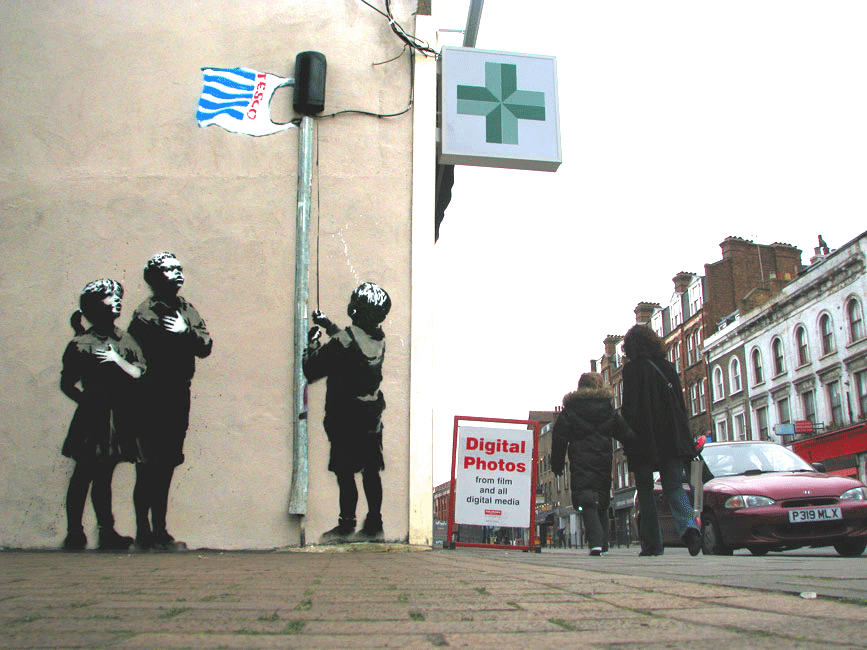Measuring Prosperity?
by SIMON MAIR
Barclays’ prosperity map has a very limited view of prosperity, focused almost entirely on financial wealth. Yet media reports have been entirely uncritical. Simon Mair argues that this shows the power and dangers of measuring prosperity.

This morning, news coverage of Barclays’ new ‘Prosperity Map’ heralded the good news that “every region” of the UK is “better off than last year” and revealed “prosperity hotspots emerging across the UK”.
Great. We can all stop what we’re doing, and settle in to enjoy the ride. Prosperity is here and we’re getting more prosperous by the day!
Not quite. Unfortunately, media coverage of the Barclays report provides more of an insight into the power (and dangers) of quantified indicators, than the report itself provides into the state of prosperity in the UK. Indicators are powerful tools, but must be handled carefully, especially for difficult to define concepts like ‘prosperity’.
Our recent #ProsperityIs series (here and here) asked people to create visions of prosperity, and we found many different (sometimes conflicting) ideas. For some people prosperity is a completely egalitarian world, while for others it is a world with slightly lower levels of inequality than we have now. Similarly, some visions for a prosperous future are very high-energy and hi-tech, while others are about radical simplicity.
The Barclays report has a very specific, very narrow vision for prosperity. For Barclays, prosperity is defined in principally financial terms (GDP per capita, gross annual pay, weekly household expenditure). Even their none-financial elements tend to be factors that are seen as key to achieving economic prosperity: the proportion of pupils with A* to Cs at GCSEs, or the unemployment rate, for example. Although they include a measure of charitable giving, the Barclays prosperity index doesn’t include provision of social services, or community cohesion. Also missing is any measure of happiness or fairness. Likewise, there is no measure of job satisfaction, or job security. Yet these are all concepts that we might legitimately think make us prosperous.
But none of the media coverage raises these issues or asks if the Barclays prosperity map is really a measure of prosperity. This is because people often assume that indicators are a good measure of what they claim to be measuring, even when they aren’t. We see this here. An interrogation of Barclays Prosperity Indicators shows that they have a very limited and probably inadequate view of prosperity, but these indicators have been reported as though they are the definitive measure of prosperity.
This is problematic, because over time indicators can come to redefine the concepts they set out to measure by directing our attention to certain parts of a concept. Worse, indicators can redirect our actions so that we improve only the parts of a concept captured by the indicator and neglect or even undermine those parts not captured (see this PDF by the Anthropologist Sally Merry). The most obvious example here is that the Barclays prosperity indicator includes a measure of GDP, but no measure of the environment or access to green space. A good way to boost GDP might be to cut down all the trees in the UK and sell off the timber, or to turn all of our parks over to housing and retail developments. But would these things really leave us all feeling more prosperous? Do we want to live in a country without trees or cities without public green spaces?
Indicators can be useful, they force organisations and governments to make clear how they view a concept. The Barclays indicators show us how they view prosperity. And they open up space for critique of these conceptualisations (as in this blog post). But this only works if indicators are reported in a way that makes their political nature and limitations explicit. Unfortunately, the case of the Barclays prosperity map shows that this often doesn’t happen.
